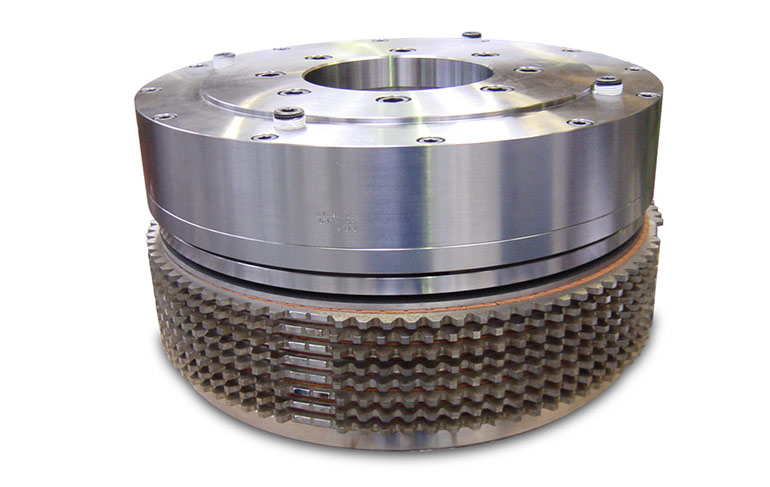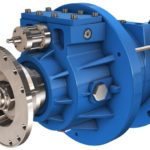By Josh Cosford, Contributing Editor
A clutch is a mechanical device that disconnects a driveshaft from its input shaft, pausing output torque. Clutches — hydraulic or otherwise — often use friction to engage the input and output ends of the assembly. The friction material is not unlike the compound employed by vehicles for their brake systems, and similar to vehicle brakes, industrial or mobile clutches employ both disc and drum designs.

A disc clutch goes by the plate clutch nomenclature more frequently than disc and operates more like the clutch in a manual transmission vehicle than shoes of disc brakes. They are constructed from dual-sided friction material, compressed by the pressure plate on one side and the flywheel on the other. Some clutch assemblies use multiple friction plates with mating plates, offering more torque capacity and smoother engagement.
The drum clutch uses radially located friction pads inside a drum, and either hydraulic or spring pressure forces the pads against the drum to fix the assembly and transmit torque. These clutches tend to have more rotational inertia, which bypasses the requirement for a flywheel. If your machine requires quick acceleration of its drivetrain or if RPM varies widely, a lighter clutch assembly will suit your needs better, especially a plate type with a low mass flywheel.
Clutches may be engaged and disengaged using many tactics, such as levers, pneumatics, and of course, hydraulics. Like most applications suited for hydraulic control, any clutch with high drive capacity benefits from a hydraulic clutch. In addition, high horsepower, high torque applications easily actuate using a powerful hydraulic clutch.
Hydraulic clutches use annular cylinders, which may be described much like a donut-shaped actuator, where hydraulic pressure forces the piston against the thrust plate to maintain clutch engagement. A dry clutch uses pre-lubricated bearings, and hydraulic fluid only actuates the clutch. A wet clutch runs fluid through the entire assembly to lubricate bearings and cool the assembly, which is essential when the clutch experiences frequent engagement.
The cylinder portion of a clutch may or may not rotate along with the clutch assembly. Rotating clutches require a rotary union, which fixed cylinder clutches may be hard plumbed to their inlet port. In addition, hydraulic clutches may be mounted end to end and actuated using the same hydraulic pilot, allowing disconnection between the whole clutch assembly at the drive and driven sides, eliminating parasitic energy loss while the prime move still rotates.





